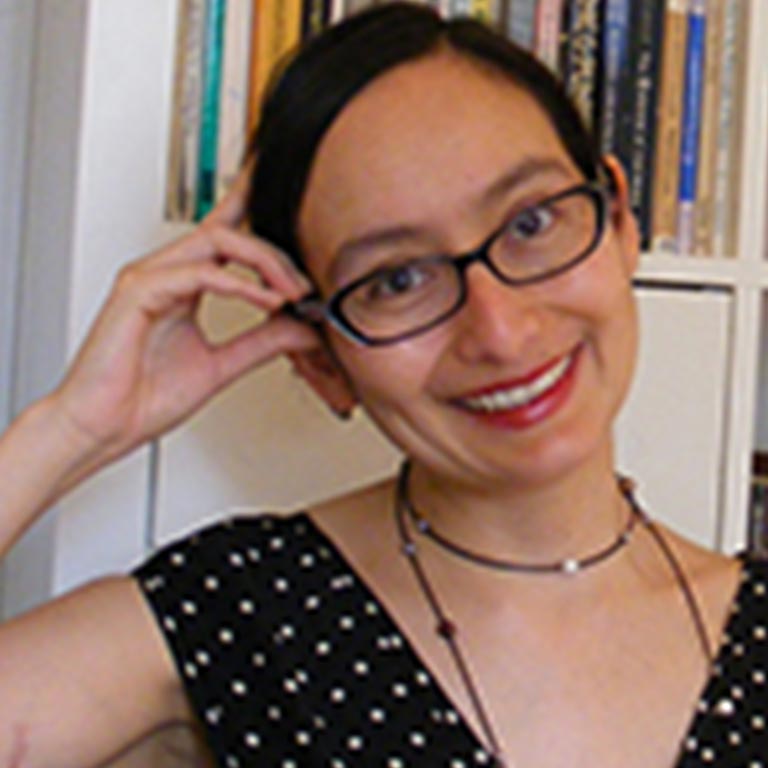I am currently at work on a book manuscript, Promiscuous Grace: Rethinking Religion and Beauty with St. Mary of Egypt, that studies the immensely popular story of Mary of Egypt’s conversion from promiscuous twelve-year old to venerable anchorite, mediated by her interaction with an image of the Virgin Mary. I argue that this figure is a productive, although rarely studied, vehicle for reflecting on the role of beauty and appearances in works that are ostensibly about asceticism and Christian doctrine. Through the study of three instantiations of the legend from the thirteenth to the seventeenth centuries, I show how these works—on the page, on the stage and on canvas—engage openly with questions of generosity and promiscuity, belief and appearances, mediation and immediacy, feminine charm and the grotesque. Examining how the legend of this saint mediates the presence of the divine in this world, I ultimately seek to recuperate for grace its double meaning as the gratuitous gift of salvation (holiness) and the allure of the senses (beauty).
In a second project I study the politics of proximity present in the figure of the vecino, which designated in early modern Spain both neighbor and citizen. I propose the neighbor as citizen-a figure limited spatially and pragmatically by contiguity, yet open to universality through the Biblical injunction to love one’s neighbor-as a supplement to the usual understanding of early modern political association primarily in relation to the sovereign. Although the neighbor is primarily conceived in terms of space, an underlying temporal dimension manifests itself through narrative: every neighbor has a history, a story, of destination if not of origins. By insisting on the narrative aspects of citizenship-representations of citizenship in literary texts, and citizenship itself as a series of narratives told by and for the people-this project considers the potential of the early modern novel in general, and particularly of Miguel de Cervantes’ late fiction, to create a space straddling the public and the private spheres, where ethical questions of belonging are addressed thus challenging us to rethink what it means to be human and a citizen.

 The College of Arts
The College of Arts